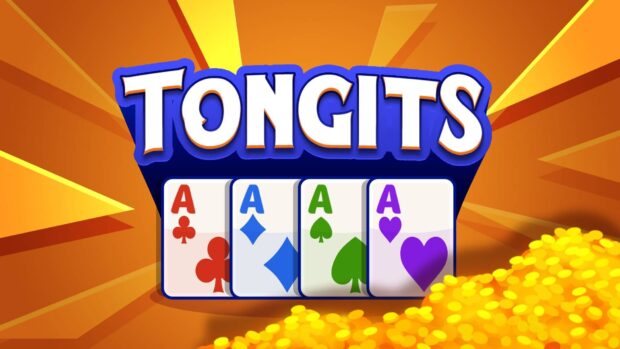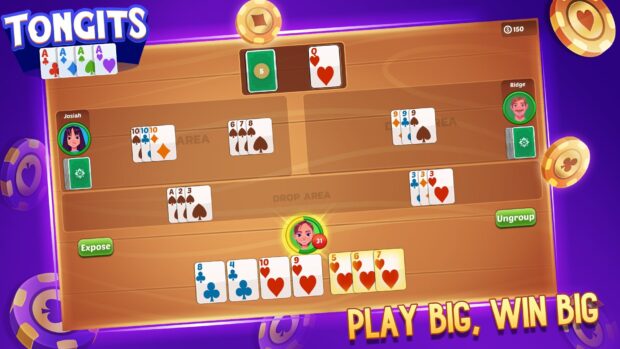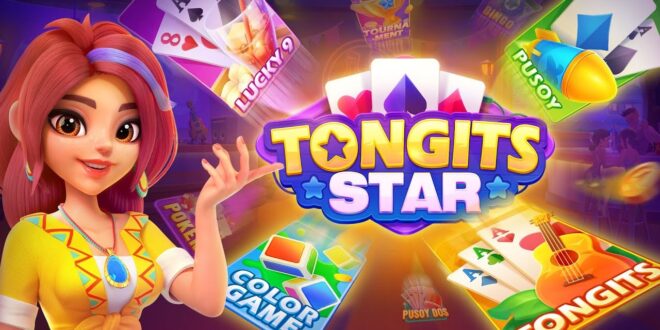Tongits is more than a card game — it’s a part of Filipino social life. Known for its addictive pace and blend of strategy and luck, it has evolved alongside the people who play it. What started as a game shared in local neighborhoods has transformed into a competitive digital pastime enjoyed by millions across devices.
As screens replaced tables, Tongits followed suit. Let’s take a look at how this game moved from wood and plastic to touchscreens and tournaments.
Key Highlights
- Tongits began as a community-based card game rooted in Filipino tradition.
- The digital era gave the game new life on mobile phones and PCs.
- Multiplayer platforms have redefined the way people interact and compete.
- Tongits now features global tournaments and online championships.
- Despite its tech evolution, the cultural heart of Tongits remains.
How It All Started: Tongits at the Table

If you’ve ever walked through a quiet Filipino neighborhood in the afternoon, you’ve likely seen it — a small table, three players, a few spectators, and cards moving quickly between hands. That’s Tongits in its original form.
What made it special? It wasn’t just the game mechanics — draw, meld, discard — it was the laughter, the teasing, and the tension that built as a player hovered one card away from declaring victory. It was social. It was shared.
In the ’90s and early 2000s, Tongits reached peak popularity offline. It became the go-to game during fiestas, family events, and holidays. Children learned by watching adults. Teenagers played for bragging rights. Adults played for fun or small stakes.
Unlike games that needed complicated boards or equipment, Tongits only asked for a deck of cards and a few friends. That simplicity was key to its spread — and its staying power.
The Big Shift: Tongits Enters the Digital World
As mobile phones evolved, so did games. In the beginning, mobile gaming was all about Snake and Solitaire. But when smartphones took over, card games made a huge comeback — including Tongits.
Early mobile Tongits apps were clunky, offline, and mostly played against bots. But they scratched an itch. They proved there was a desire to keep the game going even when people couldn’t physically gather. And when internet connectivity improved across the Philippines, real-time multiplayer became possible.
Features that changed the game:
- Real-time matchmaking with strangers or friends
- Leaderboards and point-based rankings
- In-app rewards and coin systems
- Custom tables, themes, and player profiles
It became normal to play a round of Tongits while commuting, waiting in line, or relaxing before bed. What used to be a weekend activity became an anytime game.
Rise of Competitive Online Tongits

One of the most exciting developments in the digital Tongits scene is the rise of organized competition. Players are no longer limited to casual matches — they now have the chance to climb ranks, win prizes, and compete in full-scale tournaments.
A prime example of this is the GameZone tablegame Champions Cup, a tournament hosted by one of the top online Tongits platforms in the country. GameZone has created more than just a gaming environment — it’s a community. Players return not just for the gameplay, but for the experience.
What sets this cup apart?
- Well-structured tournaments with progression stages
- Fair play policies using anti-cheat mechanisms
- In-depth stat tracking, so players can review their own growth
- Smooth, responsive design for both casual and serious players
- Social features like chatrooms, lobbies, and friend invites
This professionalization has given Tongits a second wind. It’s no longer just a pastime — it’s a digital sport.
Why Digital Tongits Is So Addictive

Let’s be honest: part of what keeps people coming back to Tongits online is the rush. It’s fast. It’s competitive. And it always feels like you’re just one lucky draw away from winning big.
But beyond the rush, it’s the structure of the modern online experience that keeps players engaged.
A few reasons it works so well today:
- Accessibility – Anyone with a smartphone can join a game in seconds.
- Convenience – No need to organize a group or clear a table.
- Quick rounds – Each game can be finished in a few minutes.
- Visual feedback – Bright visuals, animations, and sounds enhance engagement.
- Rewards – Daily bonuses and achievements give you reasons to return.
The best platforms understand human behavior. They make it fun to win — but also rewarding to keep learning and improving.
Keeping the Tradition Alive in a Digital Age
One concern for some fans of traditional Tongits is whether the cultural essence of the game is lost online. After all, part of the charm was the human interaction — the laughs, the mind games, the bluffing done with a smirk instead of an emoji.
But the best digital platforms are bridging that gap. Chat systems, animated reactions, and even live tournaments with streaming options have made digital play feel more connected than ever.
Some families even set up private tables online to recreate game nights across time zones. Tongits, instead of disappearing into screens, is actually bringing people together in new ways.
Looking Forward: What’s Next for Tongits?

Digital platforms have come a long way, but the evolution of Tongits isn’t done yet. The next chapter is being written in real-time, and it’s packed with potential.
What the future might hold:
- Augmented reality gameplay, where digital cards appear on real tables
- Cross-device compatibility so players can start on mobile and finish on PC
- Live-streamed matches with commentary and audience interaction
- Advanced AI opponents that adapt to your playstyle for solo practice
- Learning tools and tutorials to onboard new players faster
More importantly, we might see more official recognition of Tongits as a formal competitive game — similar to how chess or poker is treated.
Final Thoughts
The journey of Tongits from neighborhood tables to global digital platforms is a story of adaptation. It shows how a traditional pastime can not only survive but thrive in a changing world.
Today’s players carry the same excitement and passion as those from decades ago — they just tap, swipe, and click instead of shuffle and deal. And while the medium has changed, the spirit of Tongits — strategic, social, and proudly Filipino — remains untouched.
Whether you’re logging into a quick game on your phone or joining a championship, you’re part of a living, growing tradition. And that’s the real magic of Tongits.
 Jewel Beat
Jewel Beat

